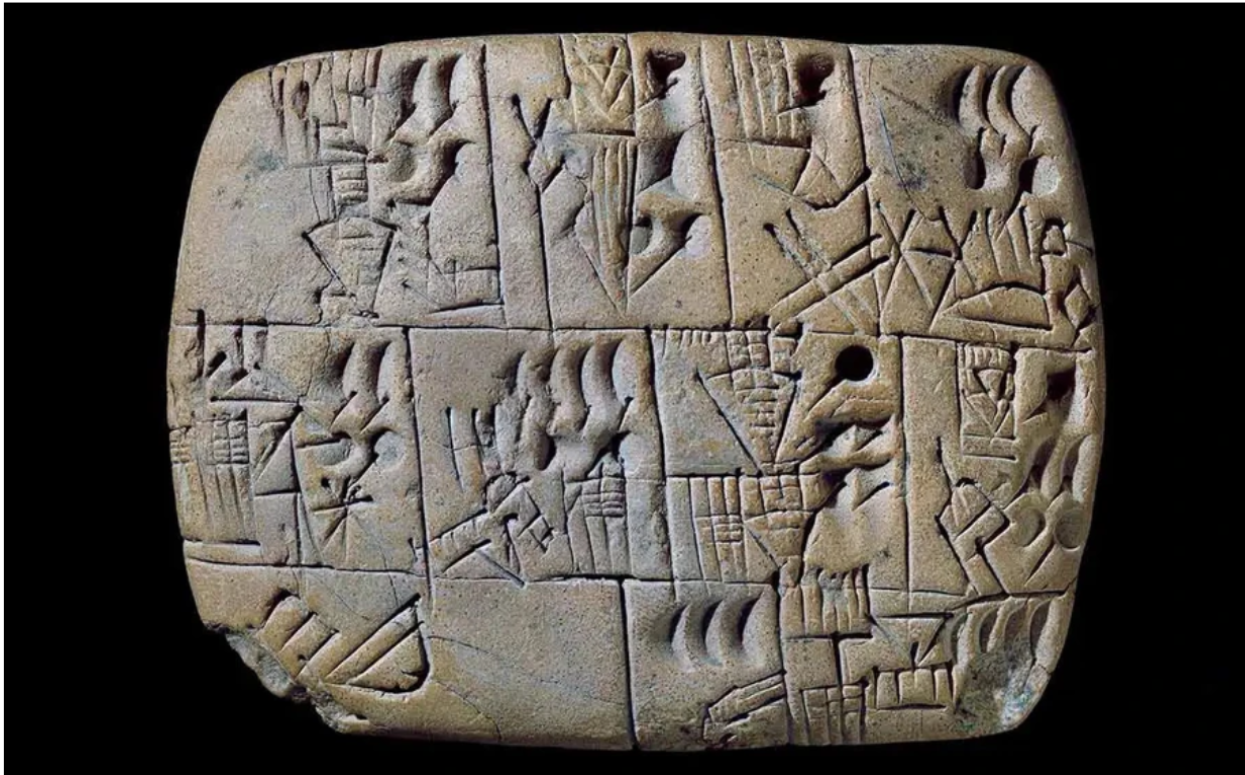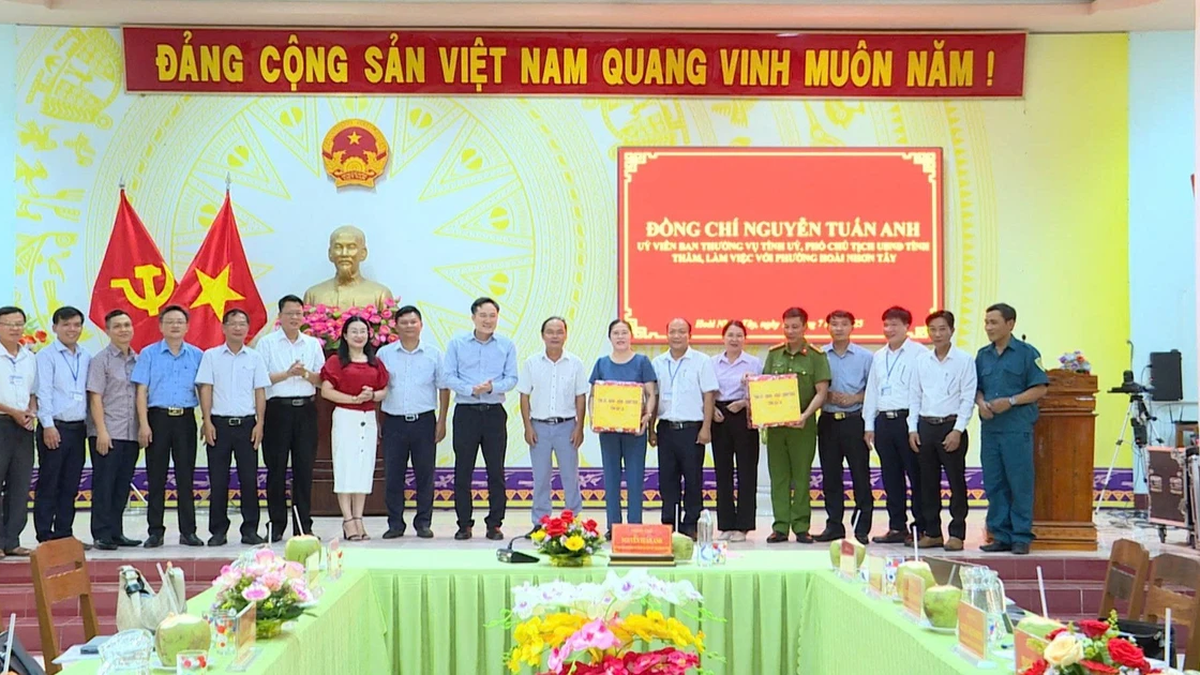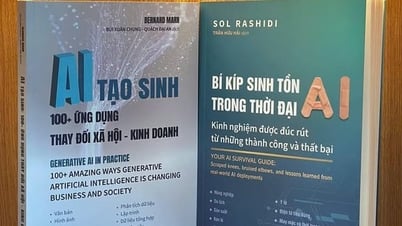 |
| A clay tablet with cuneiform writing dating from 3100 - 3000 BC. Photo: ST |
- According to archaeologists, the first writing of mankind was the writing of the Sumerians in Babylon (Mesopotamia, located between the Tigris and Euphrates rivers, southern Iraq today) invented at the end of the 4th millennium, in 3150 BC, 5,175 years ago.
At first, the Sumerians invented pictographic writing (like Chinese characters) but only used it for a short time because this type of writing was inconvenient, difficult to remember, and one learned each character and knew each one. They invented 18 symbols to replace the 18 basic sounds, and then used those symbols to record the sounds of all other languages. These symbols looked like mortar wedges (cunei), so they called this type of writing Cuneiform (wedge-shaped writing).
According to the Education and Times Newspaper (giaoducthoidai.vn), one of the four world-changing inventions of the Sumerians was writing. Accordingly, around the end of the 4th millennium BC, the Sumerians had large, solid settlements with high walls and deep moats protecting them, and the society was also divided into classes with the Sumerian king as the leader. The prosperous economic life is considered the main reason for the birth of the Sumerian writing. Because, in a bustling trading environment and increasingly far and wide trading distances, residents needed something to trust and connect to unlimited communication.
The first cuneiform characters were drawings that represented goods and their distribution routes. For example, minimalist drawings of animals, grains, recipients or delivery locations… From there, cuneiform developed further and went beyond commercial purposes. Eventually, it became a writing system with an almost limitless vocabulary and became a powerful tool of expression in the art of poetic composition by poets.
The appearance of Cuneiform in 3150 BC became an important milestone in human history, because everything that happened before 3150 BC is called prehistoric. The Sumerians were the first historians in the world .
Research documents show that, during many centuries BC, Cuneiform and Sumerian language became the trading language throughout the Middle East and Near East, the culture of the Sumerian people was followed by many peoples around the region.
During the Tang Dynasty (1700 BC), the Chinese invented circular hieroglyphic writing, which was later changed to square and perfected (into the common writing today) during the Han Dynasty (206 BC - 220 AD), thus being called Chinese characters (Hanzi).
In 1600 BC, the Greeks invented a system of phonetic notation. A century later, in 1500 BC, the Latins (ancient Romans) imitated the Greek phonetic notation to create the letters A, B, C, D,… (we call them the Latin alphabet).
The Vietnamese script is not the only “Latinized” script in Asia. The Malaysian and Indonesian scripts were also Latinized during the colonial period. Tagalog is one of the 168 Philippine languages that were Latinized. It is noteworthy that the Latinized scripts of Malaysia, Indonesia, and Tagalog do not have accent marks like the Vietnamese script.
DNCT
Source: https://baodanang.vn/channel/5433/202505/phat-minh-ra-cac-loai-chu-viet-4006946/




















































![[Maritime News] More than 80% of global container shipping capacity is in the hands of MSC and major shipping alliances](https://vphoto.vietnam.vn/thumb/402x226/vietnam/resource/IMAGE/2025/7/16/6b4d586c984b4cbf8c5680352b9eaeb0)













































Comment (0)